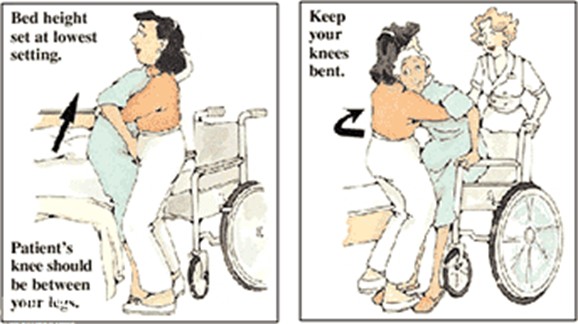Parents enter the emergency department with their 5-year-old child, crying and holding his stomach The parents are visibly distressed.
What is an example of false reassurance in this scenario?
"Your child will receive prompt care.".
"Don't worry, I'm sure he will be fine.".
"We care for many 5-year-olds here.".
"I have been a pediatric nurse for ten years.".
The Correct Answer is B
Telling the parents “Don’t worry, I’m sure he will be fine” is an example of false reassurance.
This statement does not provide any factual information about the child’s condition and may give the parents a false sense of security.
Telling the parents that their child will receive prompt care [A], that the hospital cares for many 5-year-olds [C], or that the nurse has been a pediatric nurse for ten years [D] are not examples of false reassurance.
These statements provide factual information and may help to reassure the parents without giving them false hope.
Nursing Test Bank
Naxlex Comprehensive Predictor Exams
Related Questions
Correct Answer is D
Explanation
Scheduling massages as well as taking prescribed medication for pain control is an example of complementary therapy.
Complementary therapy refers to the use of non-mainstream practices in conjunction with conventional medical treatment.
In this case, the client is using massage therapy, a complementary approach, along with their prescribed medication to manage their pain.
Choice A is not an appropriate response because pain therapy is a broad term that can refer to any approach used to manage pain.
Choice B is not an appropriate response because nociceptive pain control refers to the management of pain caused by tissue damage or inflammation.
Choice C is not an appropriate response because non-therapeutic communication refers to communication that does not promote healing or well-being.
Correct Answer is C
Explanation
Locking the wheels of the wheelchair is a priority action of the nurse to ensure client safety during a transfer from the bed to a wheelchair.
This prevents the wheelchair from moving or rolling away during the transfer, which could result in injury to the client.

Choice A is not an appropriate response because encouraging the client to push up from the wheelchair may not be safe or feasible for all clients.
Choice B is not an appropriate response because ensuring the client is bathed before getting into the wheelchair is not directly related to client safety during the transfer.
Choice D is not an appropriate response because placing the bed in the trendelenburg position could make it more difficult for the client to transfer
Whether you are a student looking to ace your exams or a practicing nurse seeking to enhance your expertise , our nursing education contents will empower you with the confidence and competence to make a difference in the lives of patients and become a respected leader in the healthcare field.
Visit Naxlex, invest in your future and unlock endless possibilities with our unparalleled nursing education contents today
Report Wrong Answer on the Current Question
Do you disagree with the answer? If yes, what is your expected answer? Explain.
Kindly be descriptive with the issue you are facing.
